
Clarke Cooke House, Newport, RI
As the song goes, “What do you do with a drunken sailor?” The answer for the police in Newport, RI early last Tuesday morning, when a group of sailors associated with the Volvo Ocean Race got rowdy, was to arrest seven of them.
Police arrived at the Clarke Cooke House, an inn, bar, and restaurant on Bannister’s wharf on the Newport waterfront, after a fire alarm went off just after 1 AM on Tuesday morning. According to police, several people refused orders to get out of the building and move away from fire trucks so firefighters could go inside to reset the alarm. NewportRI.com reports what happened next:
According to police, several people refused orders to get out of the building and move away from fire trucks so firefighters could go inside to reset the alarm. Continue reading

 A
A 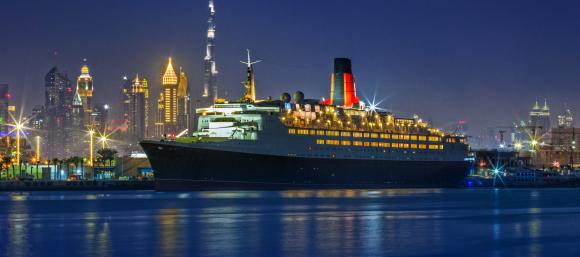 After almost a decade, the
After almost a decade, the 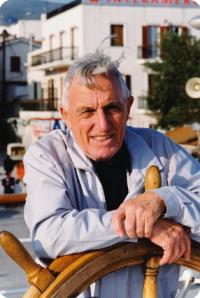 We were saddened to learn that John Harland has died. He passed away peacefully on May 11th, a few days after his ninety-fifth birthday. After a career in medicine, Dr. Harland became known as a researcher and author on maritime history. His book,
We were saddened to learn that John Harland has died. He passed away peacefully on May 11th, a few days after his ninety-fifth birthday. After a career in medicine, Dr. Harland became known as a researcher and author on maritime history. His book, 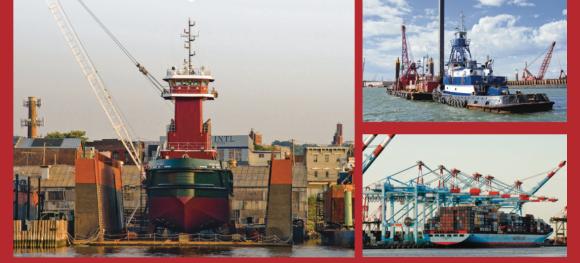 This Thursday, the Working Harbor Committee is hosting a Hidden Harbor Tour of Port Newark. The tour is one is one of the best ways to see the mighty port hard at work. The tour features guest speakers Mitch Waxman of
This Thursday, the Working Harbor Committee is hosting a Hidden Harbor Tour of Port Newark. The tour is one is one of the best ways to see the mighty port hard at work. The tour features guest speakers Mitch Waxman of  A repost from three years ago that seems appropriate for today.
A repost from three years ago that seems appropriate for today.
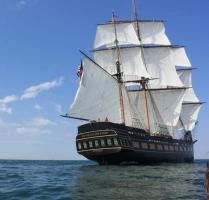 If you are around Annapolis tomorrow, May 12th, the 200-foot Class A Tall Ship,
If you are around Annapolis tomorrow, May 12th, the 200-foot Class A Tall Ship, 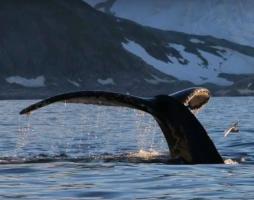 After posting about a
After posting about a  The US Navy courts-martial of the officers of the USS Fitzgerald have begun. The Arleigh Burke-class
The US Navy courts-martial of the officers of the USS Fitzgerald have begun. The Arleigh Burke-class 
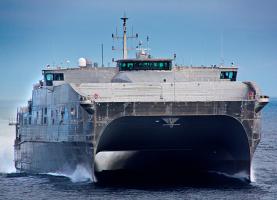 The
The  Researchers have
Researchers have 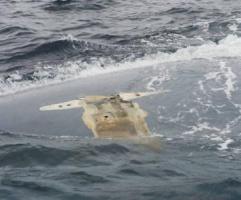
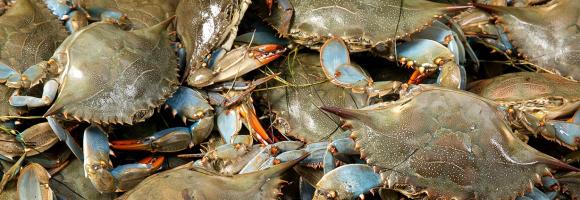 The good news is that the waters of the Chesapeake are getting progressively cleaner and the crab population has experienced a significant rebound. The bad news is that anti-immigrant politics have plunged the Chesapeake crabbing industry into chaos.
The good news is that the waters of the Chesapeake are getting progressively cleaner and the crab population has experienced a significant rebound. The bad news is that anti-immigrant politics have plunged the Chesapeake crabbing industry into chaos.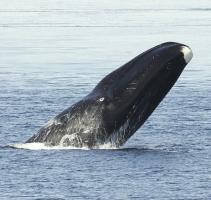
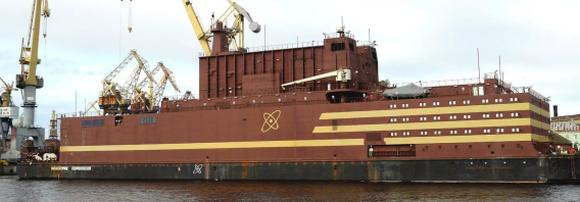 The media has called the Russian floating nuclear power plant Akademik Lomonosov a
The media has called the Russian floating nuclear power plant Akademik Lomonosov a  The saga of the US Navy’s
The saga of the US Navy’s  A
A